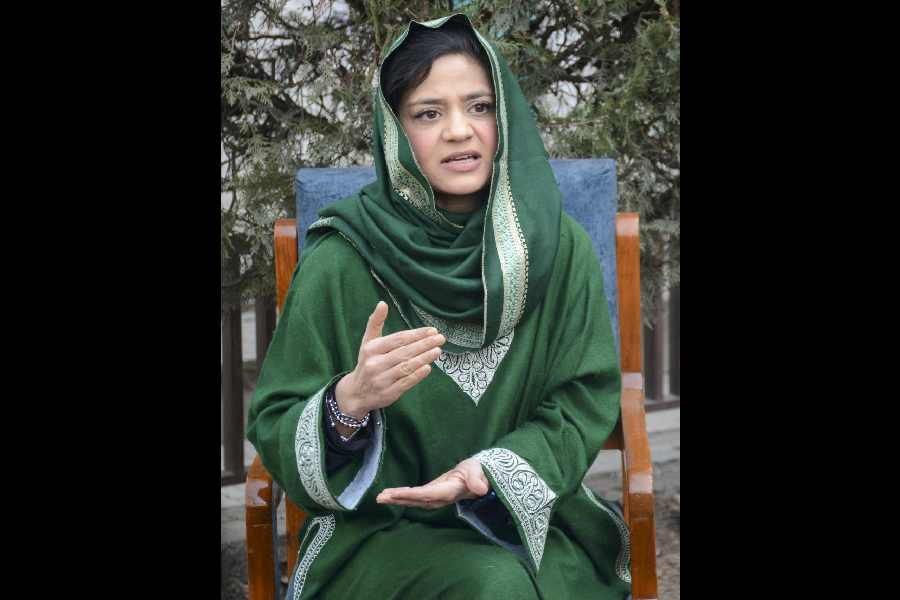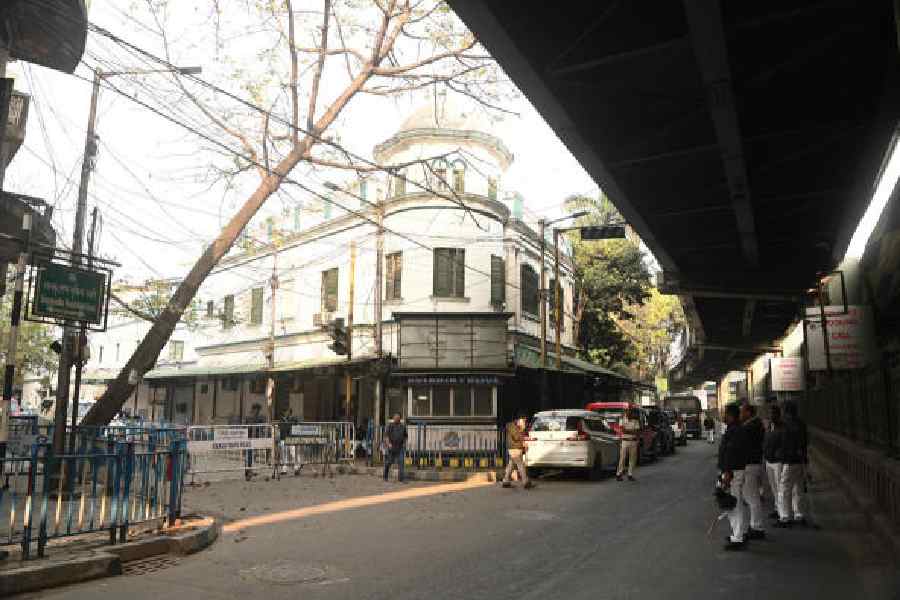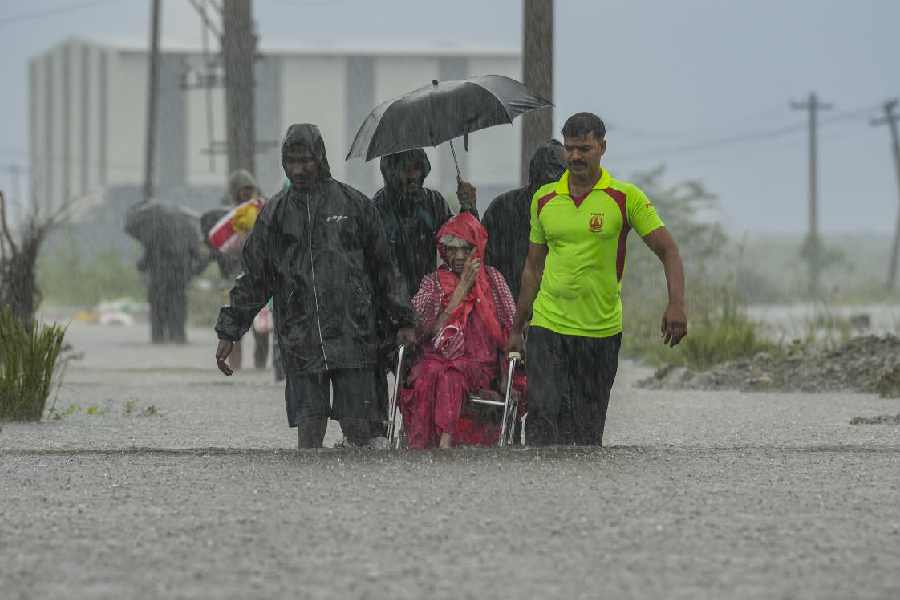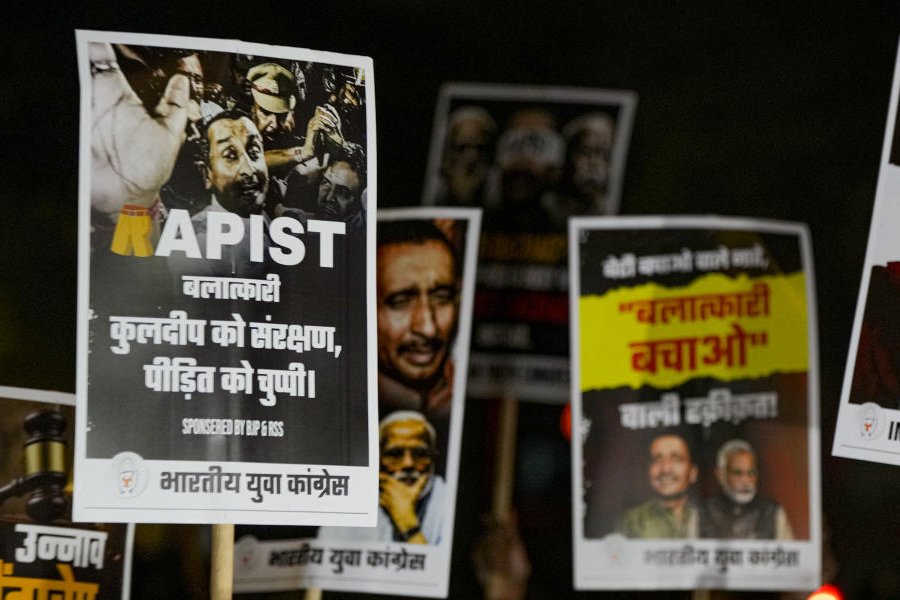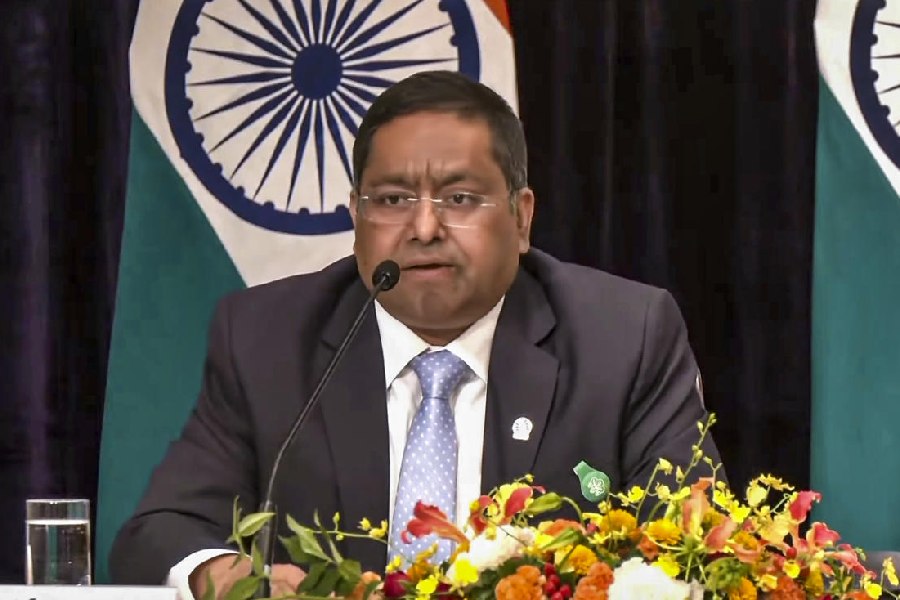New Delhi, July 6: India turned on the heat on Myanmar-based rebels since June, when it passed on the electoral roll details of an Indian insurgent to Myanmar.
The S.S. Khaplang-led National Socialist Council of Nagaland (NSCN-K) may have signed a ceasefire with the Myanmar government this year, but there is a price for peace. It is feeling the pressure from several sides — the governments of India and Myanmar, from Naga rebels in India, and after the pact, from the Kachin Independence Army (KIA).
Ministry of home affairs officials on 26 June handed over evidence to Myanmar general administration department officials about Indian citizenship of Y. Wangtin Naga. Wangtin, a Konyak Naga from Mon district of Nagaland, led the delegation in signing the peace pact with Myanmar authorities on April 9 this year.
Wangtin became the first Indian insurgent to have signed a peace agreement with another country while the NSCN (K) is also in a ceasefire agreement with the government of India. There are three Naga groups in ceasefire agreements with New Delhi: NSCN (Isak-Muivah), NSCN (Khaplang) and NSCN (Khole-Kitovi), the latter having signed the pact only recently after splitting from the NSCN (K).
“We have given the details about the Indian insurgent from electoral roll records,” a source told The Telegraph.
During the recent visit of Prime Minister Manmohan Singh to Myanmar, India had objected to Myanmar’s signing a pact with an Indian insurgent. The demand to disallow Wangtin from being part of the truce was emphasised on June 26 during a meeting in Calcutta, sources said.
Since Naga-inhabited areas and some of Khaplang’s camps are also in Kachin state, the peace deal with Naypyidaw has created a conflict of interests. While rebel armies of Kachins and Nagas fought their last battles some decades ago, the KIA remains belligerent towards the Myanmar government. As the Nagas nudge towards a peaceful coexistence, the KIA appears to have increased pressure on NSCN (K).
All is not sad and dark for the Nagas though.
After the new constitution of 2008, Nagas have six members of Parliament in Myanmar. As Observer Research Foundation research fellow, Khriezo Yhome noted, the Myanmar government had a “nuanced approach and not a blanket policy” to deal with different ethnic groups. “The Myanmar government would also be looking forward to the 2015 elections and support from different communities,” Yhome said.
In the meantime, India has put pressure on the Myanmar government to flush out Manipur groups from its soil. The NSCN (K) has been sheltering Meitei groups from the Manipur valley for many years now. As Manipur remains disturbed and Myanmar’s politics changes for the better, New Delhi expects Myanmar to pressure the Khaplang group.
“The Khaplang group has already asked the Manipuri groups to travel without arms just as the NSCN (K) has agreed in a ceasefire agreement,” said a source.
The Manipur groups have also been asked to reduce their strength to a third of their current size.


